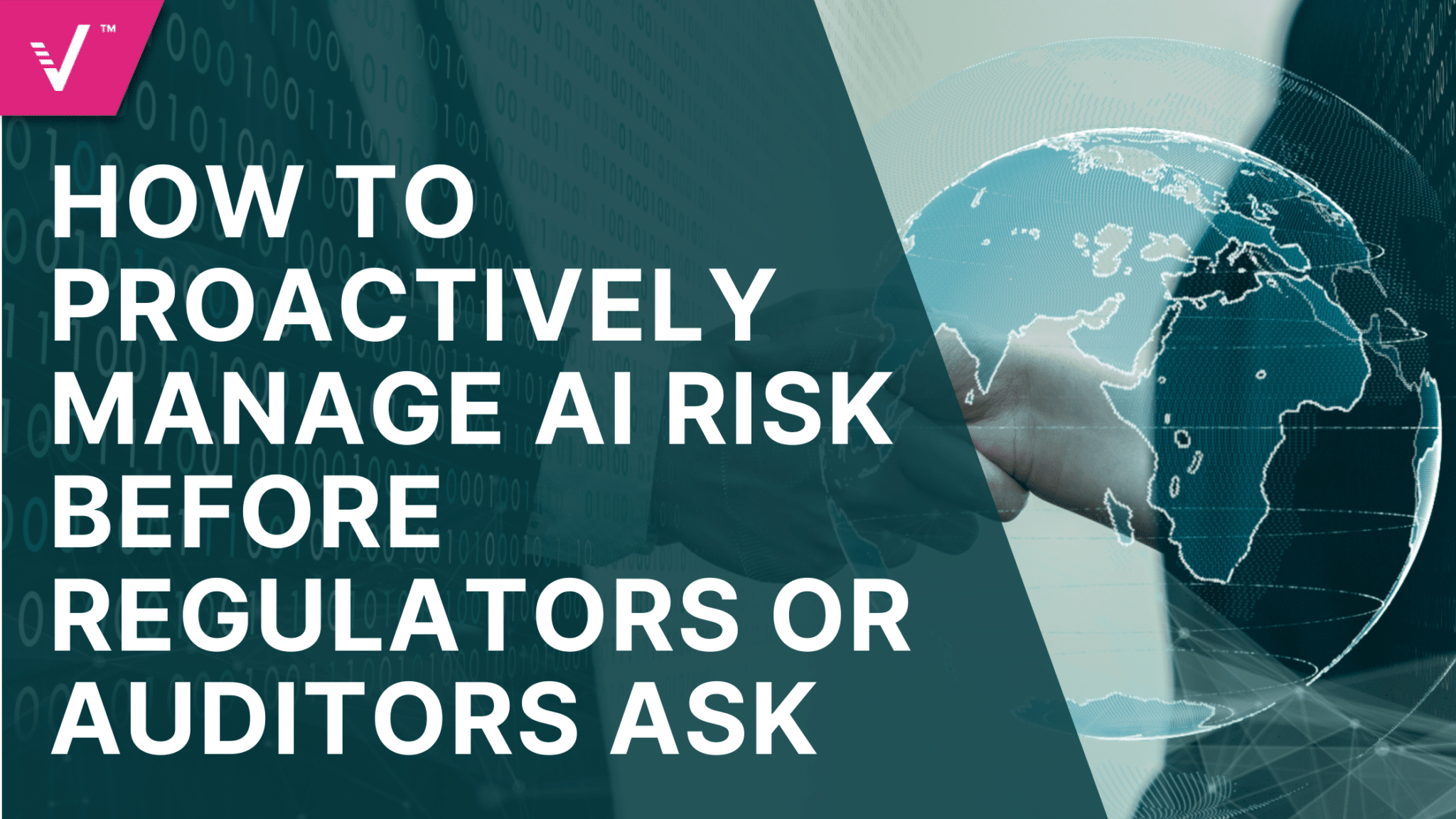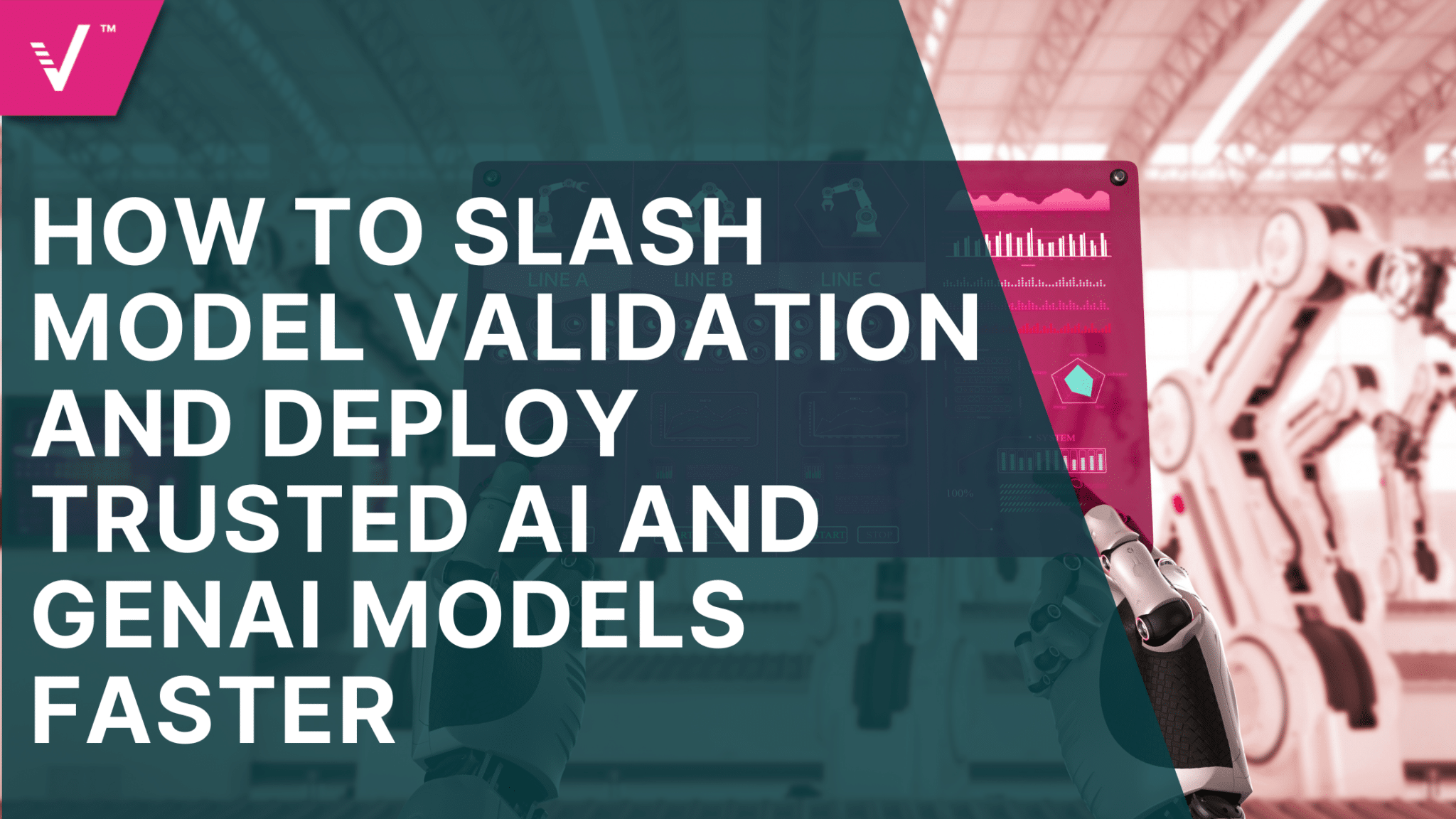Model Validation Can’t Keep up with AI Development

In the race to build powerful AI systems, trust has become the weakest link. Firms are investing in developing and deploying models, but model validation, once the backbone of responsible AI, is now struggling to keep up with the scale and complexity of modern machine learning.
There is less focus on validating whether those systems are working as intended or if they should be used at all. As a result, decisions that were guided by transparent statistical reasoning are now made by systems whose internal logic even their creators are unable to fully explain. Without reimagining how to validate and govern models, organizations risk deploying systems into effect they do not fully understand.
Why Model Validation is Falling Behind
Advances in generative models and open-source frameworks have made it possible to train and deploy new systems in a fraction of the time it once required. Tools like AutoML and MLOps pipelines automate much of the heavy lifting, turning what used to be months of manual experimentation into hours of iteration. A single data science team might manage hundreds of models, each continually refreshed to respond to new market trends. This shift from linear development to rapid experimentation has helped AI grow. What has not evolved are the validation practices.
Many organizations are still relying on spreadsheets and ad-hoc testing to prove model performance and compliance, both of which were designed for a slower, simpler era of analytics. Model validation often falls through organizational cracks as data scientists focus on accuracy, risk and compliance teams prioritize governance and explainability, and they rarely share the same tools or language.
The lack of automation only makes this issue worse, as most MLOps frameworks are for model training and deployment, not validation or auditability. Regulators are also introducing new expectations, such as the EU AI Act or the updated SR 11-7, but the industry still lacks consensus on what “enough validation” actually means. Modern models make this more complicated by operating black boxes and defying traditional statistical checks.
Explore more on AI’s impact: The Compliance Conundrum: How to Align with Evolving Global AI Rules
The Consequences of Lagging Validation
When model validation is unable to move in unison with development, or when a new model is introduced without excessive testing, the risks and uncertainties multiply. This challenged can be viewed through three lenses:
- Operational Impact: Unvalidated models can behave unpredictably in production, producing errors or biases that go unnoticed until they cause real harm. This is seen when credit risk models might inadvertently exclude qualified borrowers, or healthcare algorithms prioritizing the wrong patient populations.
- Reputation Impact: High profile failures, like biases or compliance failures, have shown how quickly trust can unravel, especially now when AI decisions can instantly reach customers, a single misstep can spiral into public backlash or regulatory scrutiny.
- Financial Impact: Every defective model that is pulled or retrained represents wasted investment and lost time. Organizations also face mounting costs in post-hoc remediation and delayed go to market timelines when validation happens too late.
Without faster validation, the gap between innovation and failure will become a breaking point that threatens both credibility and compliance. Bridging that gap is imperative for any organization relying on AI to make important decisions.
Changes That Need to be Made
If AI is to remain trustworthy at scale, model validation must evolve into a continuous process like its counterparts. Validation needs to run in parallel with model development, integrated into MLOps pipelines so that testing and compliance checks can happen automatically.
True progress also requires integrated governance. This means creating a shared framework that connects data scientists, risk managers, and compliance teams in a single workflow. Documentation by design should automatically capture data sources and validation evidence as part of the development process. Post-deployment, model observability tools must track drift, bias, and regulatory metrics in real time.
These frameworks must scale to manage hundreds or thousands of models without overwhelming human oversight. Validation needs to move at the speed of AI, with systems as intelligent as the models they protect.
Confidence is Key
Model validation needs to be seen and used as a main pillar of AI strategy, embedded into every stage of the model lifecycle to build transparency and trust. It is about risk mitigation and creating responsible innovation. As AI systems grow more powerful, confidence will become the new competitive edge. The next generation of AI leaders will be defined by how confidently they can prove those models are safe, fair, and reliable.
Let ValidMind help your organization become a leader of that change. Learn more here.



